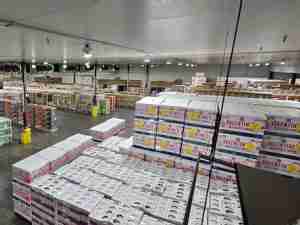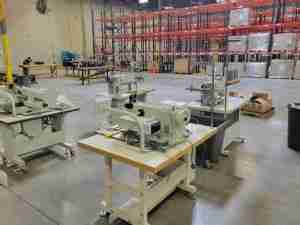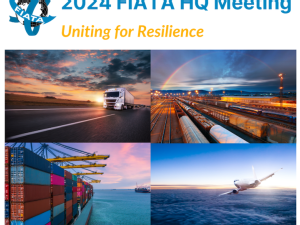ASOS warehouse disaster reveals hidden costs of supply chain risk
posted by AJOT | Jun 23 2014 at 04:39 PM | Logistics
The fire which occurred on June 20, 2014 at the global distribution centre of online retailer, ASOS, highlights many of the risks to which modern supply chains are exposed, according to Ti’s CEO John Manners-Bell.
The global retailer keeps 70% of its stock at its distribution centre in Barnsley and it is believed that the fire could have affected more than £30m ($50m) of inventory. The facility is over 600,000 sq ft (60,000 sq m) and the fire, which police believe was deliberately set, spread to four floors.
ASOS’s operation was disrupted over the weekend with the retailer suspending orders over its website, although these recommenced early Monday morning (23 June 2014). Its share price fell by 2% before bouncing back.
Manners-Bell, author of the recently published ‘Supply Chain Risk’ book, commented, ‘One of the problems of operating global distribution centres is the concentration of risk in one location. Centralisation of logistics operations makes sense on an operational basis in terms of keeping stock levels low and reducing redundancy. However if you start costing in external risks such as fires, floods and security issues, then suddenly it doesn’t look so smart. As it is very difficult to quantify the financial cost of ‘Black Swan’ events, many companies pretend that the risks don’t exist. Although ASOS had insurance and the disaster could have been a lot worse, there will still be implications for the retailer in terms of customer service and reputation.’
He went on to add, ‘To get back up and running so quickly, ASOS obviously had exceptional contingency plans in place, no doubt helped by an earlier experience when its previous distribution centre in the UK was badly damaged by an oil depot blast. However this further disaster demonstrates the systemic fragility of many global supply chains and perhaps suggests that it would be sensible to spread risk over a number of locations, despite an increase in internal supply chain costs.’









